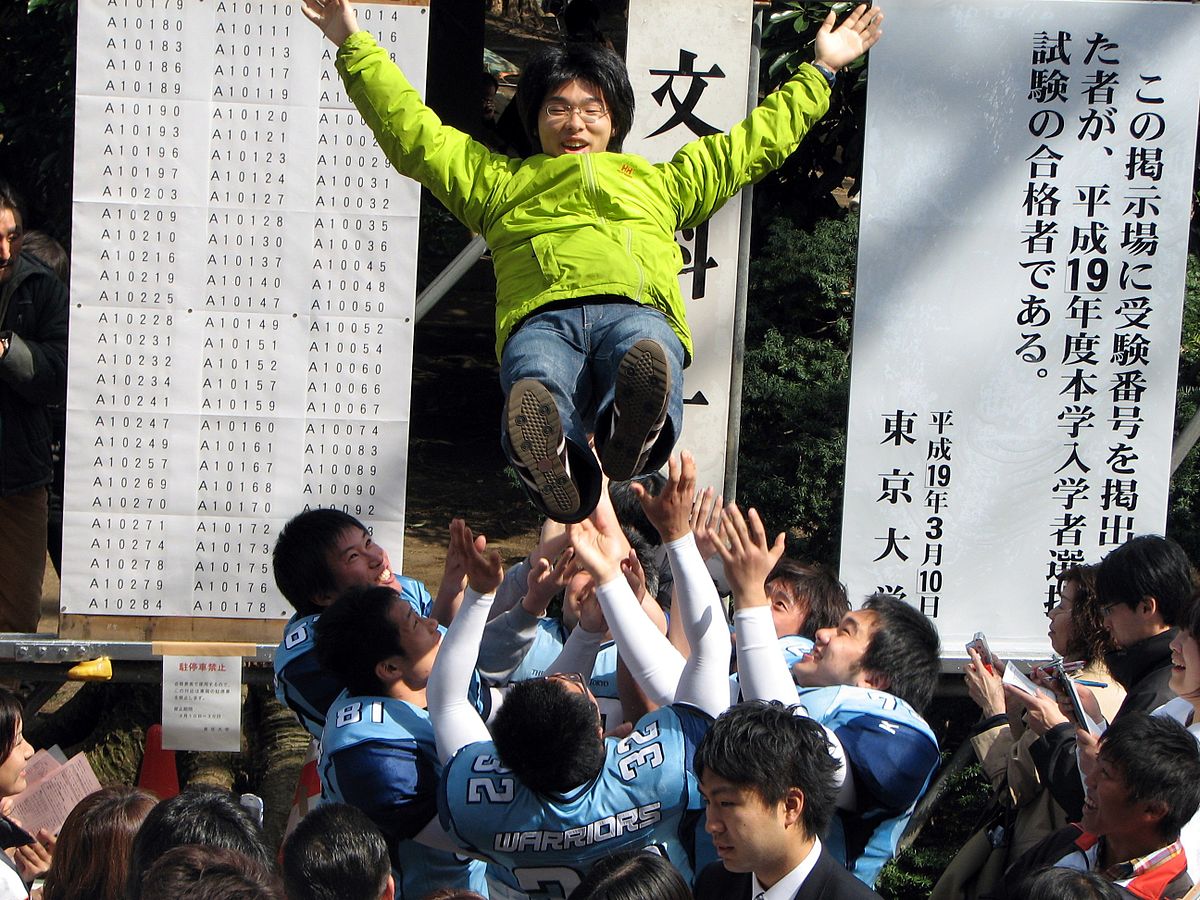Japan’s high regard for a quality education became more evident when it had undergone major changes right after World War II. Previously, the government has universally adopted the 6-5-3-3 system. But it was drastically modified to the so-called 6-3-3-4 educational methodology.
6-3-3-4 Education System
Ang ibig sabihin ng 6-3-3-4 ay six years of elementary education, three years of junior high school, three years in senior high school and the successful completion of four-year education in a chosen university. Meanwhile, Japan’s compulsory education time frame goes like this — students have to spend the first five years of their fruitful lives in educating themselves without any regret, plus another six years in elementary education and another three years in junior high school. Senior high and college or university is not obligatory.
Ayon sa mga research studies, ang bansang Japan ang tinaguriang “World’s Best Most Educated Population.” To date, sila ay nakapagtala ng 100% enrollment in compulsory grades at ang pinakamahalaga sa lahat ay ang kanilang global stature and legacy in having a zero illiteracy rate. In addition, the compulsory education is for children whose age brackets are from 6-15 years old.
All lessons are also taught in their own language. Para lubos na makapamili ang mga magulang ng pinakamahusay na school para sa kanilang mga anak na angkop sa kanilang budget, ang bansang ito ay mayroong public at private schools, respectively. Sa mga pribadong paaralan sa Japan, ang isang batang mamamayan ay kinakailang kumuha ng entrance exams.
Samantala, sa senior high school level, a particular learning institution has lawfully implemented a three-semester system which goes like this — ito ay nagsisimula mula April to July, September to December and December to March. Sa panig naman ng mga foreign nationals, sila ay maaaring makapag-patuloy ng kanilang public junior high school without any entrance exams. Ngunit kailangan nilang makumpleto ang tinatawag na alien registration procedures.
Ang mga estudyante naman na nagnanais mag-aral bilang senior high school student at gustong ituloy ito patungo sa isang komprehensibong post-secondary education, sila ay inaatasang maipasa ang anumang entrance examinations na may kaugnayan dito tulad ng Japanese Language Proficiency Test.
Anu- ano ang natatanging pagkakaiba ng bawat antas ng Japanese education system sa pagpapayabong ng sarili at ng bansang kanilang kinabibilangan? Alamin ang kasagutan sa ikalawang bahagi ng artikulong ito. Abangan.
By Chris 73 / Wikimedia Commons, CC BY-SA 3.0

























